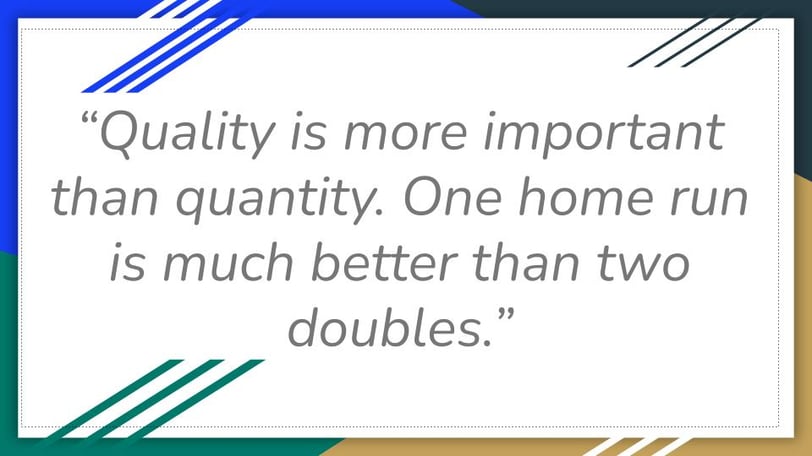MCQ on ISO 9001 :2015 Clause 4 Context of the Organization "internal factors & External Factors".
Clause 4 of ISO 9001:2015 is title "Context of the Organization" and focuses on understanding the environment in which the organization operates. It includes requirements for determining internal external factors that can affect the organization’s ability to achieve its intended outcomes. Below are MCQs based on this clause along with justifications.
QMS


Multiple Choice Question ISO 9001 : 2015
1. What is the primary focus of Clause 4 of ISO 9001:2015?
A) Defining the leadership structure
B) Understanding the organization's context
C) Implementing corrective actions
D) Controlling nonconformities
Answer: B) Understanding the organization's context
Justification:
Clause 4, "Context of the Organization," requires organizations to understand the internal and external factors that can impact their ability to achieve the objectives of the quality management system (QMS). This step sets the foundation for establishing a robust QMS.
2. According to Clause 4.1, what must an organization do to determine the context of the organization?
A) Define the scope of the QMS
B) Identify internal and external issues
C) Appoint a management representative
D) Implement risk-based thinking
Answer: B) Identify internal and external issues
Justification:
Clause 4.1 requires organizations to determine the internal and external issues that are relevant to their purpose and strategic direction. These issues can affect the organization's ability to achieve the intended results of its QMS.
3. Which of the following is considered an "internal issue" under Clause 4.1 of ISO 9001:2015?
A) Market competition
B) Organizational culture
C) Legal regulations
D) Economic conditions
Answer: B) Organizational culture
Justification:
Internal issues refer to factors within the organization, such as the organizational culture, management structure, and available resources, that can impact the QMS. External issues, on the other hand, include legal, technological, competitive, and economic factors.
4. Clause 4.2 focuses on understanding the needs and expectations of which group?
A) Employees
B) External auditors
C) Interested parties
D) Suppliers
Answer: C) Interested parties
Justification:
Clause 4.2 emphasizes understanding the needs and expectations of interested parties (stakeholders) that are relevant to the QMS. Interested parties may include customers, suppliers, employees, regulatory bodies, and other stakeholders who can influence or be affected by the organization's operations.
5. Why is it important to understand the needs and expectations of interested parties as per Clause 4.2?
A) To improve employee performance
B) To prevent legal issues
C) To align the QMS with customer and stakeholder expectations
D) To enhance financial performance
Answer: C) To align the QMS with customer and stakeholder expectations
Justification:
Understanding the needs and expectations of interested parties helps the organization ensure that the QMS is aligned with the demands of key stakeholders, such as customers, regulators, and suppliers. This alignment is critical for customer satisfaction and compliance.
6. What does Clause 4.3 require organizations to define?
A) The scope of their quality management system
B) The methods of risk assessment
C) The leadership responsibilities
D) The external factors impacting the organization
Answer: A) The scope of their quality management system
Justification:
Clause 4.3 requires the organization to determine and document the scope of the QMS, which defines the boundaries and applicability of the QMS based on internal and external issues, requirements of interested parties, and the products and services provided by the organization.
7. What should be considered when determining the scope of the QMS according to Clause 4.3?
A) The organization’s budget
B) Requirements of interested parties and internal/external issues
C) The company's market share
D) The number of employees
Answer: B) Requirements of interested parties and internal/external issues
Justification:
When defining the scope of the QMS, organizations must consider internal and external issues, the requirements of interested parties, and the nature of their products and services. This ensures that the QMS is comprehensive and relevant to the organization’s operations.
8. Which of the following is NOT a requirement of Clause 4.4 "Quality Management System and its Processes"?
A) Determining inputs and outputs of processes
B) Defining performance indicators
C) Appointing a management representative
D) Assigning responsibilities for process performance
Answer: C) Appointing a management representative
Justification:
Clause 4.4 focuses on establishing, implementing, maintaining, and continually improving the processes needed for the QMS. It requires organizations to define inputs, outputs, responsibilities, and performance indicators for processes but does not specifically mandate the appointment of a management representative.
9. What is the key focus of Clause 4.4.1 on the QMS and its processes?
A) To create new business opportunities
B) To establish and manage processes needed to meet QMS requirements
C) To determine financial resources
D) To identify training needs of employees
Answer: B) To establish and manage processes needed to meet QMS requirements
Justification:
Clause 4.4.1 requires organizations to establish the processes necessary to meet the requirements of the QMS. This includes determining the sequence of processes, defining responsibilities, and managing interactions between processes to achieve consistent outcomes.
10. Which of the following is an example of a process output that must be controlled under Clause 4.4?
A) Raw materials
B) Supplier evaluation methods
C) Manufactured products
D) Marketing strategies
Answer: C) Manufactured products
Justification:
Clause 4.4 requires organizations to control the outputs of processes, such as products and services, to ensure they meet customer requirements. This includes the verification, monitoring, and measuring of these outputs to maintain quality standards.
